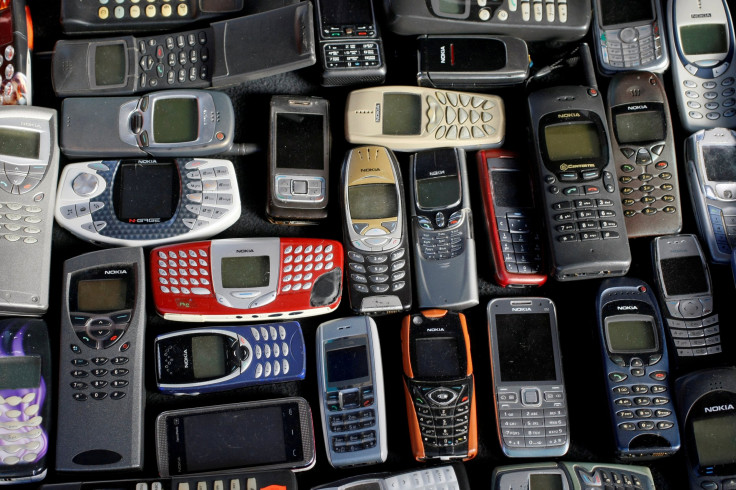Smartphones vs 'dumb' phones: Why basic phones are better

Most mobile phones nowadays are so fragile that one drop is all it takes to decide for the next purchase. These days, we seldom use them for their most basic purpose: calling.
Earlier this year, talented British actor Eddie Redmayne caused quite a stir when he announced that he gave up his smartphone for an old-school basic “dumb” phone to stop himself from frequently checking his emails.
“It was a reaction against being glued permanently to my iPhone during waking hours,” he said.
That’s the beauty and burden of owning a smartphone, a device that is no longer only used for calling, but an assortment of other things as well. It’s like the Swiss Army knife of the modern electronic, an amalgam of various applicatory devices.
Using a modern smartphone, you can call, text, email, surf, video chat, listen to music, watch movies, take photos, record videos, solve equations, convert measurements, check the weather, do banking, and play games. People used to buy separate devices that can only perform one function.
All these features affect a smartphone owner’s daily life because it consumes you. The need to do something is always there.
Eddie Redmayne is not alone, though. There are 6 billion phone subscriptions in the world. But there are only 500 million smartphone users, which means that 5.5 billion people are still using “dumb” phones to this day.
A dumb phone is basically a mobile phone that lacks the advanced functionality characteristics of a smartphone. It also goes by a more elegant name: “feature phone."
While a dumb phone lacks the variety of features a smartphone possesses, it outperforms its modern counterpart in other aspects.
Low cost
Dumb phones are so unbelievably cheap, you’d think they’re expendable. Some current models can go as low as US$20 (AU$26).
Long lasting battery life
A typical smartphone battery usually lasts a whole day, which means it needs charging every night.
This is perhaps the best thing about dumb phones. They can last for 4 to 6 days depending on usage and unit model.
Pressed keyboards
Typing a sensible message on a smartphone without looking at the screen is almost impossible. That kind of skill requires a dumb phone.
When you know and feel the buttons you are pressing, you won’t need eyes to compose a message.
Pocket-sized
Big screen sizes mean big phones. Your 5.5-inch smartphone will always be bulging inside the front pocket of your favourite pair of skinny jeans.
It would take at least three dumb phones to make a pocket curve outward.
Design choices
Nowadays, you can hardly differentiate smartphone models from each other. What you get is usually the same thing: rectangular-shaped touchscreen sets.
Dumb phones, meanwhile, come in all shapes and sizes. The most common are the bar phones, slide phones and the flip phones.
Tough and durable
Dumb phones are sturdy. They are built to endure. Eight-year-old dumb phones can still fully function despite being dropped and hitting concrete countless times. Smartphones are far too delicate to withstand tough and long measures. The booming trade of back covers and screen protectors can attest to that.
Dumb phones are here to stay. There will always be a market for these electronic dinosaurs because most consumers only tend to make things simple, pure and straightforward.




















